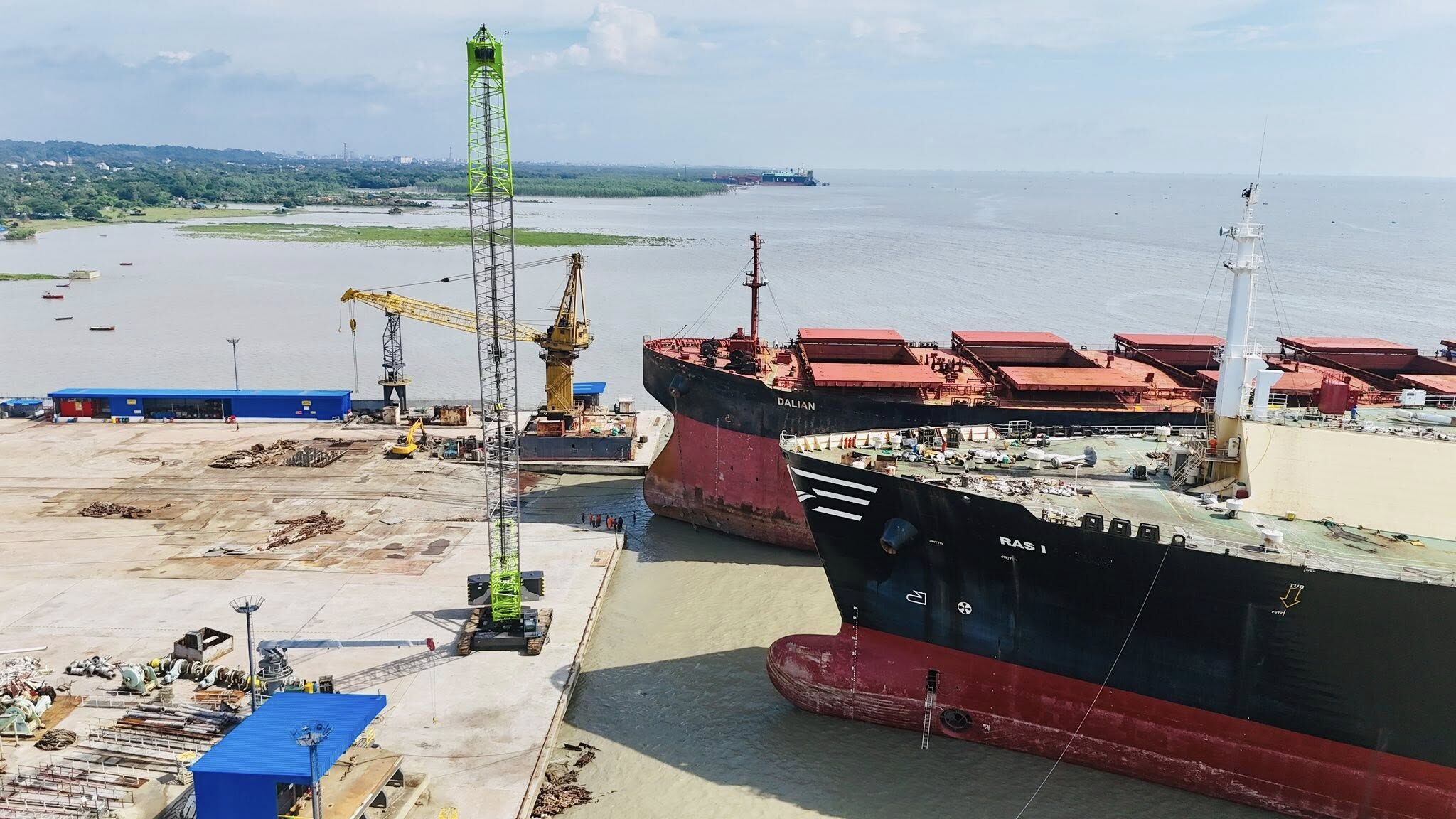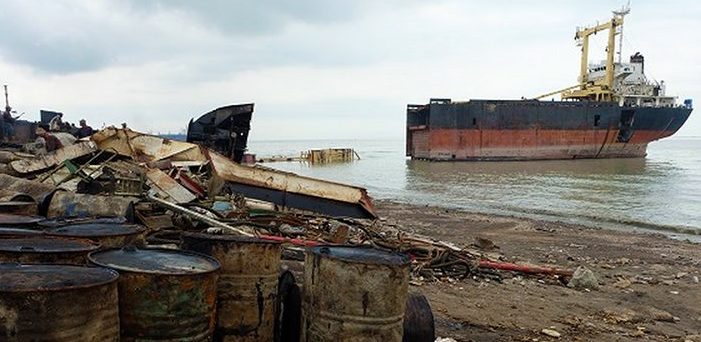MV Hebridean Isles Retires After 40 Years of Service
One of Scotland’s oldest and most cherished ferries, the MV Hebridean Isles, has made its final voyage after nearly four decades of service. With two resonant blasts of its horn, the ship departed the quay at Stornoway on Sunday, bound for Glasgow, before being dismantled at a shipyard yet to be determined. For island communities and seafarers, the departure marks the end of an era.

Since its debut in 1985, the “Heb Isles,” as it is affectionately known, has been a vital lifeline for Scotland’s western islands, connecting people and goods across the rugged sea routes of Britain’s largest ferry operator, Caledonian MacBrayne (CalMac). Over the years, it became far more than a ferry—it was a symbol of resilience, modernity, and community.
A Historic Launch
The ship was christened on a sunny day in July 1985 at the now-defunct Cochrane shipyard in Selby, North Yorkshire. It was the first CalMac vessel built outside Scotland, marking a milestone in the operator’s history. The Duchess of Kent became the first royal to name a CalMac ship, and two pipers played the “Skye Boat Song” during a lively launch ceremony.
For £5.5 million, the Hebridean Isles slid into the River Ouse in a dramatic sideways launch, a scene reflecting a bygone era of relaxed health and safety protocols. By December of that year, the ship had embarked on its maiden voyage along Scotland’s picturesque west coast.
For 15 years, it operated on the “Uig Triangle,” connecting Skye, North Uist, and Harris. Later, it served the Islay route and countless others, becoming a versatile workhorse for the ageing CalMac fleet. Beyond its regular duties, the ship also supported local communities by hosting charity events, including memorable “booze cruises” that raised funds for island causes.
A Vessel Full of Stories
The Hebridean Isles wasn’t just a ferry but a backdrop for countless tales of adventure, humour, and love. Former crew members recall their time on board with fondness. Sarah Clark, a stewardess from 2002 to 2005, reminisced about late-night fitness runs on the car deck, turning the space into an improvised gym after the day’s work.
Not every voyage was smooth. Captain Alex Morrison, who commanded the ship for a decade, recounted a harrowing encounter with a Force 10 gale near Skye. Unable to dock safely, the ship sought refuge in Harris before returning passengers to their starting point after a gruelling 12-hour ordeal.
In more lighthearted moments, the Heb Isles played host to unique characters. One memorable Hogmanay trip to Islay was marred by stormy seas that sent the buffet tumbling and left most passengers seasick. Yet, one World War II veteran calmly ordered whiskies, unfazed by the tumult.
A Place of Love and Life
For some, the ship was more than a workplace or means of transport—it was the setting for life-changing moments. At 16, Mairi Ann MacDonald joined the Hebridean Isles as a junior catering rating and met her future husband, Neil, on board. Their romance blossomed on the ship, culminating in a proposal on its observation deck and a wedding on the islands it served.
The couple’s connection to the Heb Isles extended to their daughters, who later worked for CalMac. The eldest began her career aboard the same ship where her parents’ story began. “Two generations of my family worked on the same boat,” Mairi said, reflecting on the vessel’s profound role in her life.
Challenges of an Aging Fleet
The decision to retire the Hebridean Isles was a difficult one for CalMac. With its certificates expiring and a costly five-year survey looming, the ship had reached the end of its operational life. Maintaining CalMac’s ageing fleet has become increasingly challenging, as sourcing spare parts often requires custom manufacturing.
While the ship will soon be dismantled, parts from the Hebridean Isles will be salvaged and stored in CalMac’s Gourock warehouse—a treasure trove of ferry components that keeps the fleet afloat. In this way, pieces of the Heb Isles may continue serving Scottish waters for years.
A Legacy That Lives On
For the islanders and crew members who lived, worked, and loved aboard the Hebridean Isles, its departure is a poignant moment. In September, Mairi and Neil MacDonald took a final trip on the ship, reminiscing about the memories it holds. “It brought a tear to our eyes,” Mairi said. “It was a very emotional trip, but we were delighted to make that journey one last time.”
As the Hebridean Isles approaches its final destination, its legacy endures in the hearts of those it served. For nearly 40 years, it was a steadfast companion on Scotland’s seas—a vessel that carried more than cargo and passengers; it carried the spirit of the islands themselves.
Author: shipping inbox
shipping and maritime related web portal








